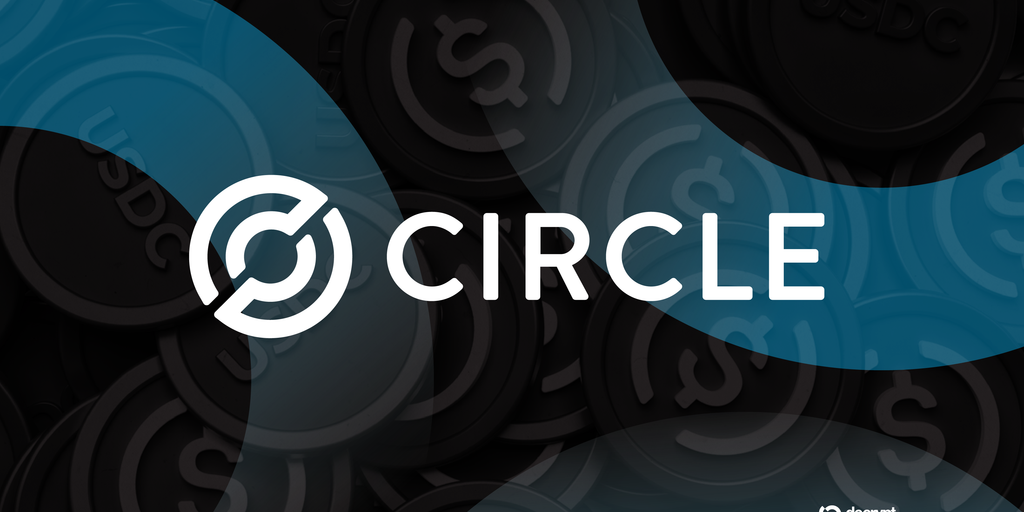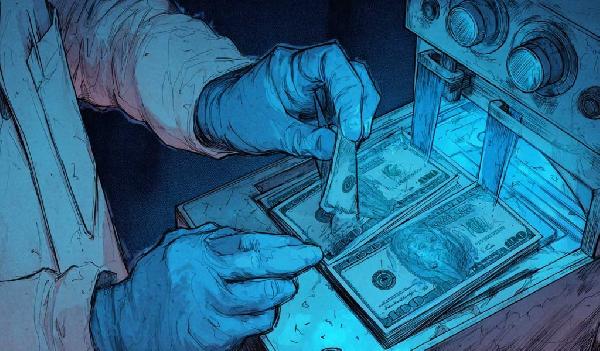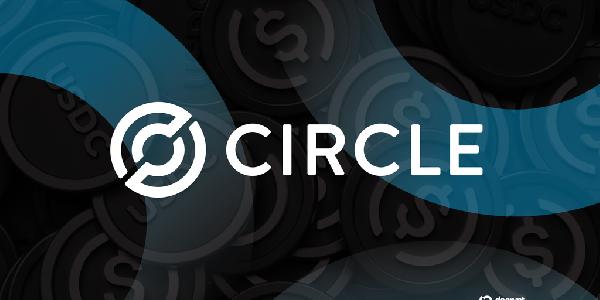Stablecoin legislation may unlock a slew of new competitors for Circle and its USDC stablecoin in the U.S., but in the realm of decentralized finance, or DeFi, a serious rival is unlikely to emerge anytime soon, according to analysts at investment bank Compass Point.
Although Tether’s USDT is king in emerging markets, Circle’s USDC stablecoin has a dominant presence across the crypto industry’s growing number of decentralized exchanges, lending protocols, and other DeFi settings, analyst Ed Engel and Joe Flynn wrote in a Wednesday note.
Circle was set to debut on the New York Stock Exchange on Thursday, targeting a $6.9 billion valuation, based on an initial public offering at $31 per share. A distinct advantage supporting that valuation, Compass analysts wrote, is USDC’s widespread use in DeFi.
“USDC is the most traded asset on decentralized changes,” they wrote. “In fact, across most DeFi applications, USDC is the most commonly used stablecoin.”
Stablecoins are digital assets pegged to the price of a fiat currency, such as the U.S. dollar. Within the context of crypto, traders often use them as a way to lock in gains or post collateral for loans; however, their use has grown in fields like payments and remittances.
Within the past year, trading volumes on decentralized exchanges have increased relative to centralized exchanges, accounting for 26 of daily trading volumes earlier this month, or $14 billion, from 8 a year ago, according to crypto data provider Messari.
DeFi activity has become concentrated on networks like Ethereum and Solana, but Circle issues USDC across at least 40 different networks, according to Messari. To achieve this, Compass Point analysts wrote that “Circle has programmed a bespoke version” of the stablecoin across many chains, leveraging proprietary tech.
The feature allows users to swap USDC across chains with limited costs while avoiding hacking risks associated with so-called bridges, they added. Bridges often work by holding a token in reserve on one network, while issuing an equivalent on another, making them a go-to target for bad actors because they often hold a large amount of funds in one place on-chain.
The analysts noted that PayPal’s PYUSD stablecoin had a buzzy debut last year but failed to gain traction. The company tried to grow PYUSD’s market share by offering “unsustainable yields on DeFi protocols,” but its supply remains below $1 billion to this day.
Even as DeFi’s dominant stablecoin, USDC faces drawbacks, including the sensitivity of the stablecoin’s supply to market conditions, the analysts wrote.
Circle’s income is largely derived from yield-bearing assets like U.S. Treasuries backing its stablecoin, meaning a drawdown in USDC’s supply could adversely affect the company’s financials. Because more than a quarter of USDC’s supply is in DeFi applications, the overall health of the altcoin market is key to sustaining current cash flows, the analysts added.
“When altcoins rally, DeFi yields typically increase, leading to more demand for USDC,” they wrote. “However, lagging altcoin prices could slow USDC growth, even after stablecoin legislation passes.”
Edited by James Rubin
Your Email








